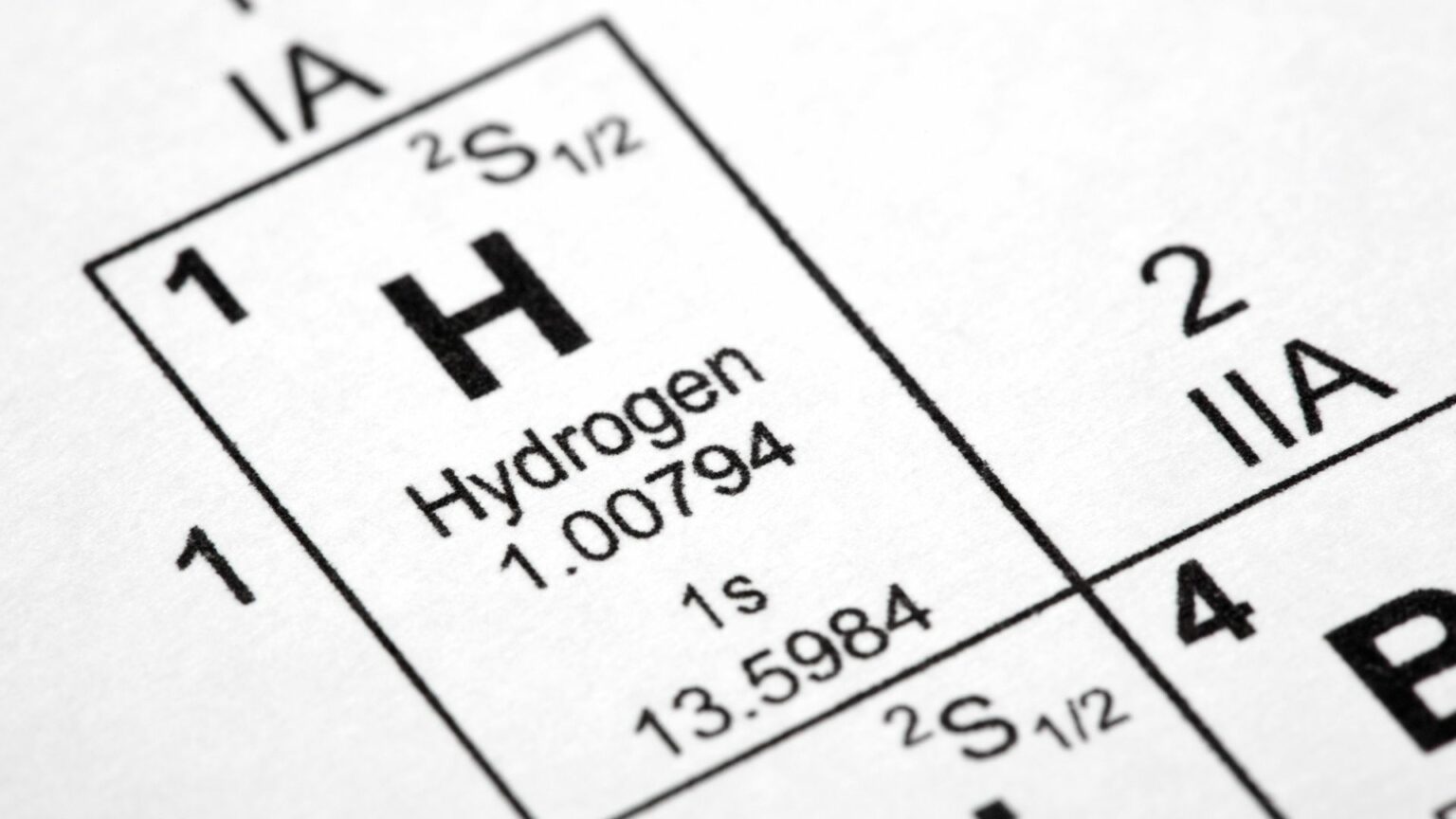French researchers Philippe de Donato and Jacques Pironon, in collaboration with gas company Française De l’Énergie, are delving into the depths of Lorraine, France, in search of what is referred to as “white hydrogen.”
This ambitious project, initiated in 2018, has captured the attention of experts and politicians alike, redefining the narrative around hydrogen production.
The project focuses on investigating a colossal structure in Lorraine, stretching 150 km in length, 80 km in width, and reaching a remarkable depth of 6 km. At a time when hydrocarbon exploration is on the decline, the quest for hydrogen takes center stage. The geological nuances between natural gas and natural hydrogen open new possibilities, and the researchers are determined to uncover the potential of these untapped reserves.
Jacques Pironon, the director of the GeoRessources Laboratory, outlines the technology behind their endeavor. They hypothesize that hydrogen is produced at high temperatures, especially in the presence of iron. The process involves breaking water molecules when in contact with iron carbonate, resulting in hydrogen production. The team expects to find the optimal temperature range for this reaction between 5,000 and 6,000 meters below the surface.
Initial results indicate a significant presence of hydrogen, with samples from different depths revealing varying percentages. At 600 meters, the coal layer exhibits 1% hydrogen, escalating to 17% at 1,250 meters. Researchers anticipate a linear increase in the proportion of white hydrogen at greater depths, with the potential discovery of 250 million tons of hydrogen, a figure subject to change as more data becomes available.
The laboratory undertaking this initiative is a collaborative effort involving Université de Lorraine, the French National Centre for Scientific Research (CNRS), and funded by the French government, Région Grand-Est, and the European Union. President Emmanuel Macron has emphasized the priority of “white hydrogen” for France, indicating potential increases in funding from the central government in Paris.
In their pursuit, the researchers are collaborating with Française De l’Énergie and developing new concepts to enhance exploration efficiency. The SysMoG probe, designed to separate gases from water directly in the borehole, showcases the innovative approach. Talks with companies and entities in neighboring countries and global collaborations reflect the project’s potential impact beyond France.
As France continues this subterranean odyssey for “white hydrogen,” the project stands as a testament to the nation’s commitment to exploring innovative solutions for a sustainable energy future. The convergence of scientific expertise, technological innovation, and political support positions this venture as a pioneering effort with far-reaching implications for the global hydrogen landscape.





